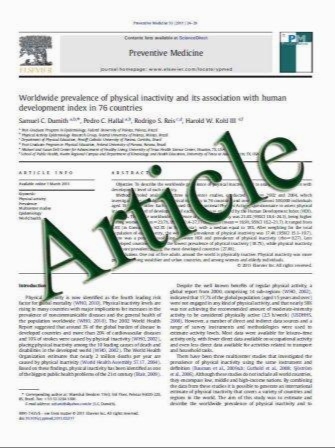An unusual case of gross hematuria with acute renal failure: answer
- نوع فایل : کتاب
- زبان : انگلیسی
- مؤلف : Karnika Das & Rajiv Sinha & Catherine Horsfield & Manish D. Sinha
- چاپ و سال / کشور: 2011
Description
Acute renal failure (ARF) is a rare but well-known complication of massive gross hematuria and has been reported in immunoglobulin (Ig)A nephropathy and paroxysmal nocturnal hemoglobinuria [1–3]. Consistent with our findings, renal biopsy in these patients usually shows extensive acute tubular necrosis with flattening of their epithelial cells, cytoplasmic vacuolation, blebbing, and the presence of red cell casts [1–5]. The exact mechanism behind the development of ARF is unknown, but is thought to be a combination of several factors. Acute tubular necrosis, possibly secondary to tubular obstruction due to the presence of large numbers of RBC casts in tubular lumen, is likely to be a major factor [6]. In addition, free hemoglobin is also thought to be directly toxic to renal tubules [4] and can cause proximal tubular epithelium necrosis. Toxicity of the hame proteins is secondary to these proteins being a scavenger of nitric oxide, which is a potent vasodilator whose reduction can result in intra-renal vasoconstriction and tubular damage [5]. This tubular damage leads to the accumulation of necrotic cells in the lumen, which can further exacerbate tubular occlusion and worsen the ARF. Studies in rats have also shown that iron released from hemoglobin breakdown promotes lipid peroxidation and free radical formation, leading to renal dysfunction [7].
Pediatr Nephrol (2011) 26:71–72 DOI 10.1007/s00467-010-1464-7 Received: 16 November 2009 / Revised: 12 January 2010 / Accepted: 13 January 2010 / Published online: 20 February 2010


